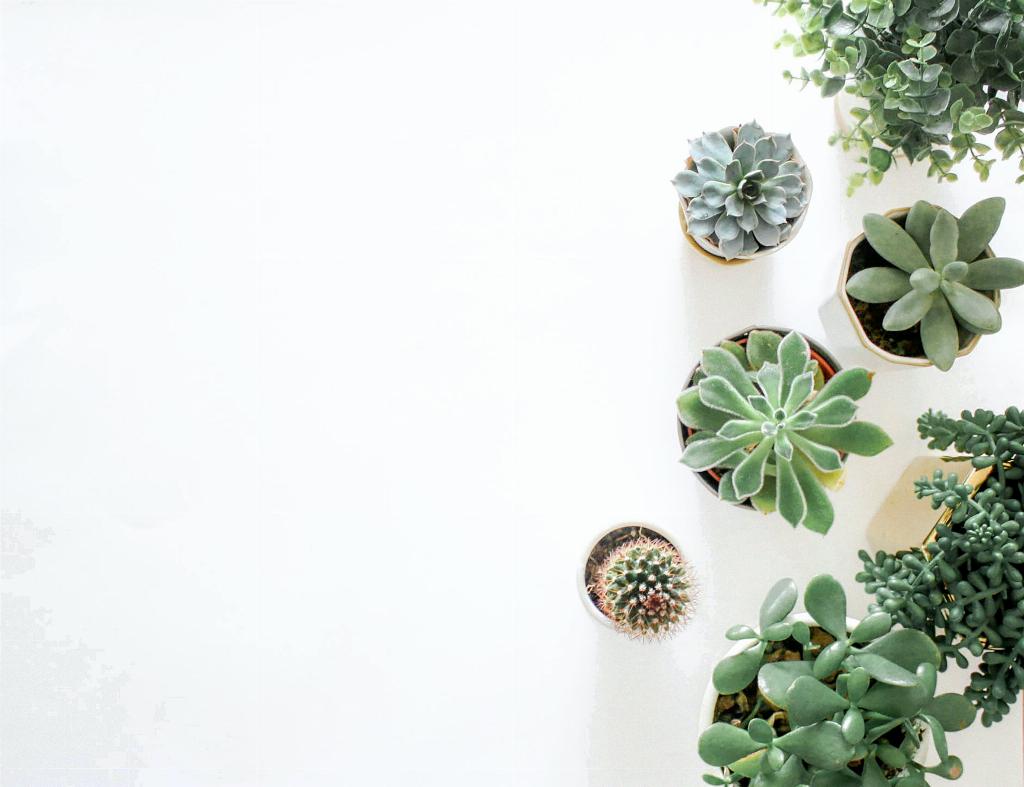When it comes to understanding how succulents grow, it’s essential to recognize their unique characteristics and requirements. Succulents are renowned for their remarkable ability to thrive in dry, arid conditions. These resilient plants have evolved to store water in their leaves, stems, and roots, giving them their distinctive fleshy appearance.
Unlike other plants that require frequent watering, succulents are incredibly drought-resistant and actually prefer neglect to thrive. Their water-storing adaptation allows them to withstand long periods without water, making them perfect for individuals who may forget to water their plants regularly.
One of the most common mistakes made by succulent owners is overwatering their plants. Succulents are not fans of soggy soil, as excessive moisture can lead to root rot and eventually kill the plant. It’s crucial to allow the soil to dry out completely between waterings to prevent this issue.
Another key factor in succulent growth is the type of soil they are planted in. Succulents require well-draining soil to prevent water from accumulating around their roots. A sandy or gritty soil mix is ideal for succulents, as it allows excess water to flow through easily, mimicking their natural habitat.
Light plays a crucial role in the growth of succulents. These sun-loving plants thrive in bright, indirect sunlight, making them perfect additions to sunny windowsills or outdoor gardens. Insufficient light can cause succulents to become leggy and stretch towards the nearest light source.
Propagation is a fascinating aspect of succulent growth. These plants can be easily propagated through methods such as leaf cuttings, stem cuttings, or division. Watching new plants sprout from a single leaf cutting is a rewarding experience for any succulent enthusiast.
Temperature also plays a significant role in the growth of succulents. These plants prefer warm climates and are sensitive to extreme cold temperatures. It’s essential to protect succulents from frost during winter months to prevent damage to their delicate tissues.
Despite their reputation for thriving on neglect, succulents still require occasional maintenance to ensure optimal growth. Removing dead leaves, checking for pests, and repotting when necessary are all essential tasks for keeping your succulents healthy and happy.
One of the most enjoyable aspects of growing succulents is the vast array of shapes, sizes, and colors available. From tiny rosettes to large paddle plants, there is a succulent variety to suit every taste and space. Experimenting with different species can add a unique touch to your indoor or outdoor garden.
Overall, understanding the growth requirements of succulents is crucial for successfully cultivating these captivating plants. By providing them with the right conditions – including proper watering, well-draining soil, adequate light, and occasional maintenance – you can enjoy the beauty and resilience of succulents in your home or garden.
So, whether you’re a seasoned succulent enthusiast or just starting your succulent journey, remember to appreciate the fascinating growth process of these remarkable plants and enjoy the unique beauty they bring to your living space.

